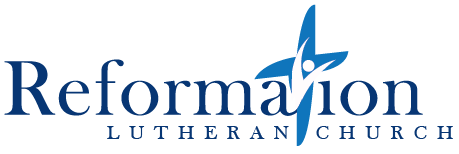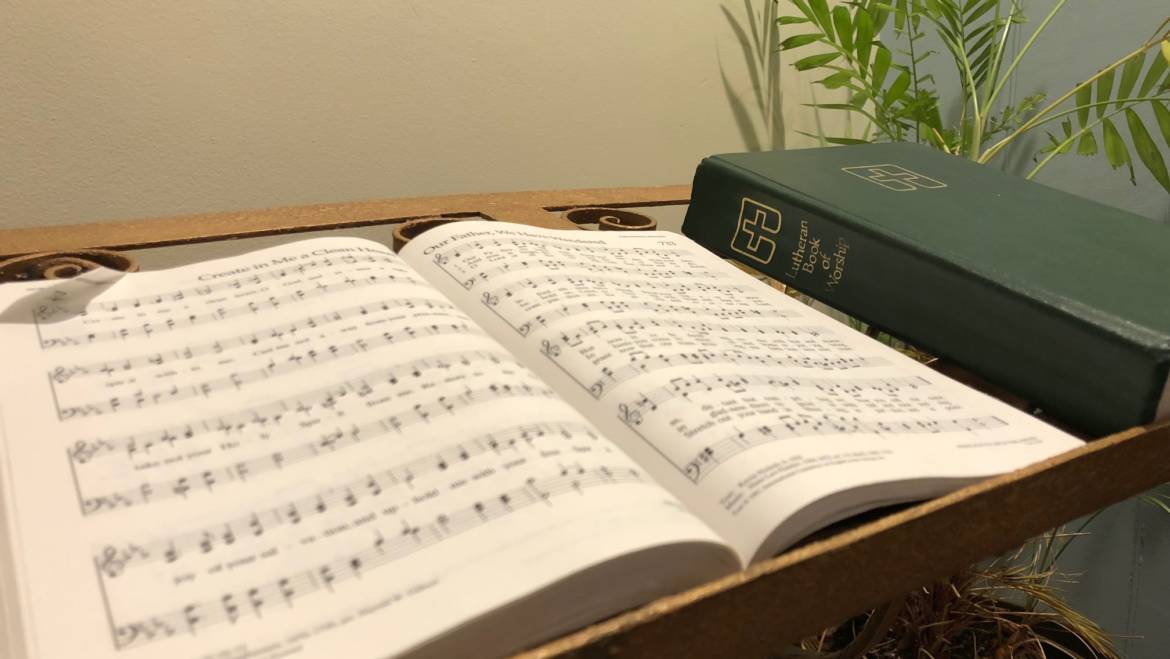Situated within the wider narrative of Christian worship, the story of Lutheran music begins with Martin Luther’s own gifts as a lutenist and composer. Unlike Calvin and Zwingli, who appreciated music but distrusted its emotional appeal, Luther did not want to restrict ways in which God’s gifts of language and music were used in worship. In a passage that recalls the parade of voices and instruments in Psalm 150, Luther wrote that praise should “sound forth with joy” from “organs, symphonias, virginals, regals, and whatever other beloved instruments there are.”
Luther also knew that his fellow citizens would not be reading the scholarly documents explaining his disagreements with the Roman church. Along with his German translation of the Bible and catechisms, he wrote chorales that sought to praise and teach, placing the Word directly on the lips of the people in their own language and syntax. Aided by the expansion of printing technology, generations of authors and composers followed suit. The rhymed stanzas, catchy tunes, and dance-inspired rhythms of these chorales were not matters of happenstance but artfully combined to achieve maximum “memory” effect. (Think back: how did you learn your ABCs? By singing!) And like earlier plainchants, texts and melodies of these chorales served as building blocks for new compositions.
Luther instinctively understood the value of teamwork and cultivated partnerships with musical colleagues, inaugurating a rich tradition of collaboration between musically minded theologians (pastors) and theologically minded musicians (cantors). With Philipp Melanchthon, he established an educational model in which pastors and cantors were trained together in subjects such as grammar, rhetoric, and music. Many composers upheld as exemplars of Lutheran baroque music were products of this environment: Schütz, Praetorius, and the Bach family, to name a few.
The conditions that allowed Lutheran music to develop as it first did changed in the eighteenth century as Enlightenment ideals confronted the once-unchallenged authority of churches. As monarchies gave way to republics and democracies, composers moved from churches and courts toward concert halls. The nineteenth century saw the establishment of many civic choirs and orchestras, groups for which Mendelssohn and Brahms composed music that incorporated Lutheran chorales.
In the United States, voices of Lutheran immigrants blended with musical strands from other European denominations that had established colonial roots. The nineteenth century witnessed a constant process of intersection, recovery, and revision, allowing Anglican hymns, American shape note songs, African American spirituals, Roman plainchant, and chorales to mix freely across the frontier. Increasing ecumenical and global outlooks in the twentieth century only deepened the well of assembly song, adding familiar names like Taizé, Iona, and Hillsong to genres such as the Japanese gagaku and Mexican alabados—an abundance that Luther could hardly have imagined. Though physical materials have changed, Lutherans continue to mark days and seasons of the church year with songs from sisters and brothers of many times and places that praise, teach, pray, and bear us along our baptismal journey. Like Paul, we acclaim: Thanks be to God for this indescribable gift!
This is one in a series of articles about Lutheranism on the 500th Anniversary of the Reformation. © 2016 Augsburg Fortress. Used by permission


